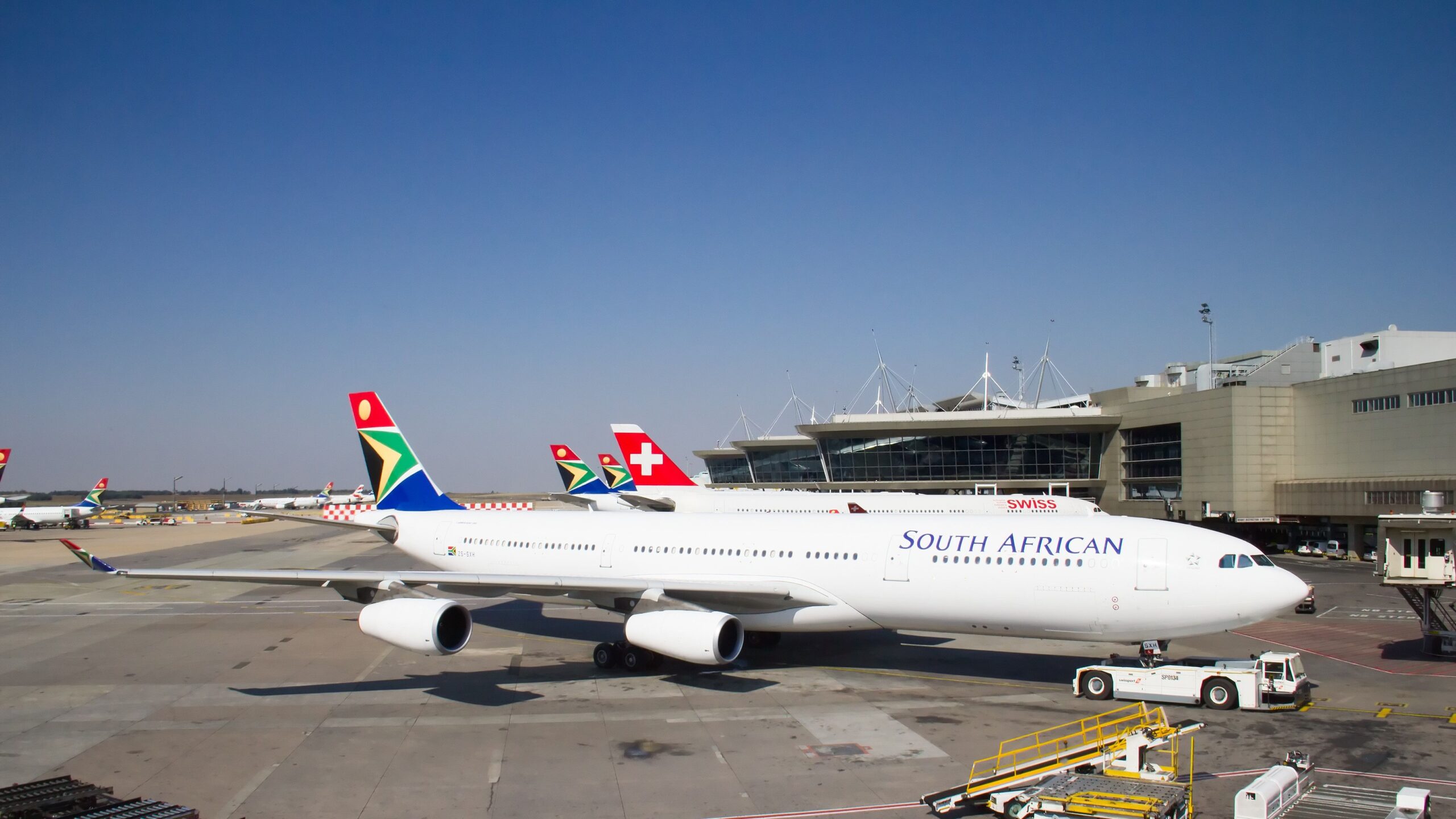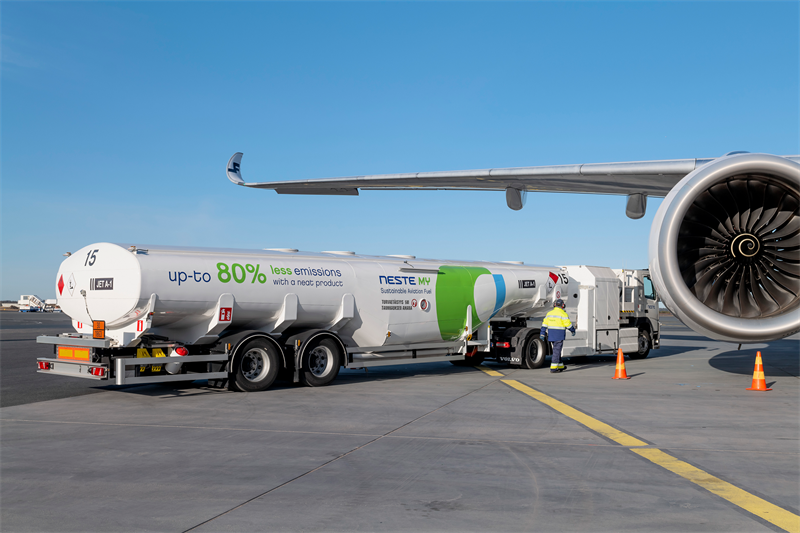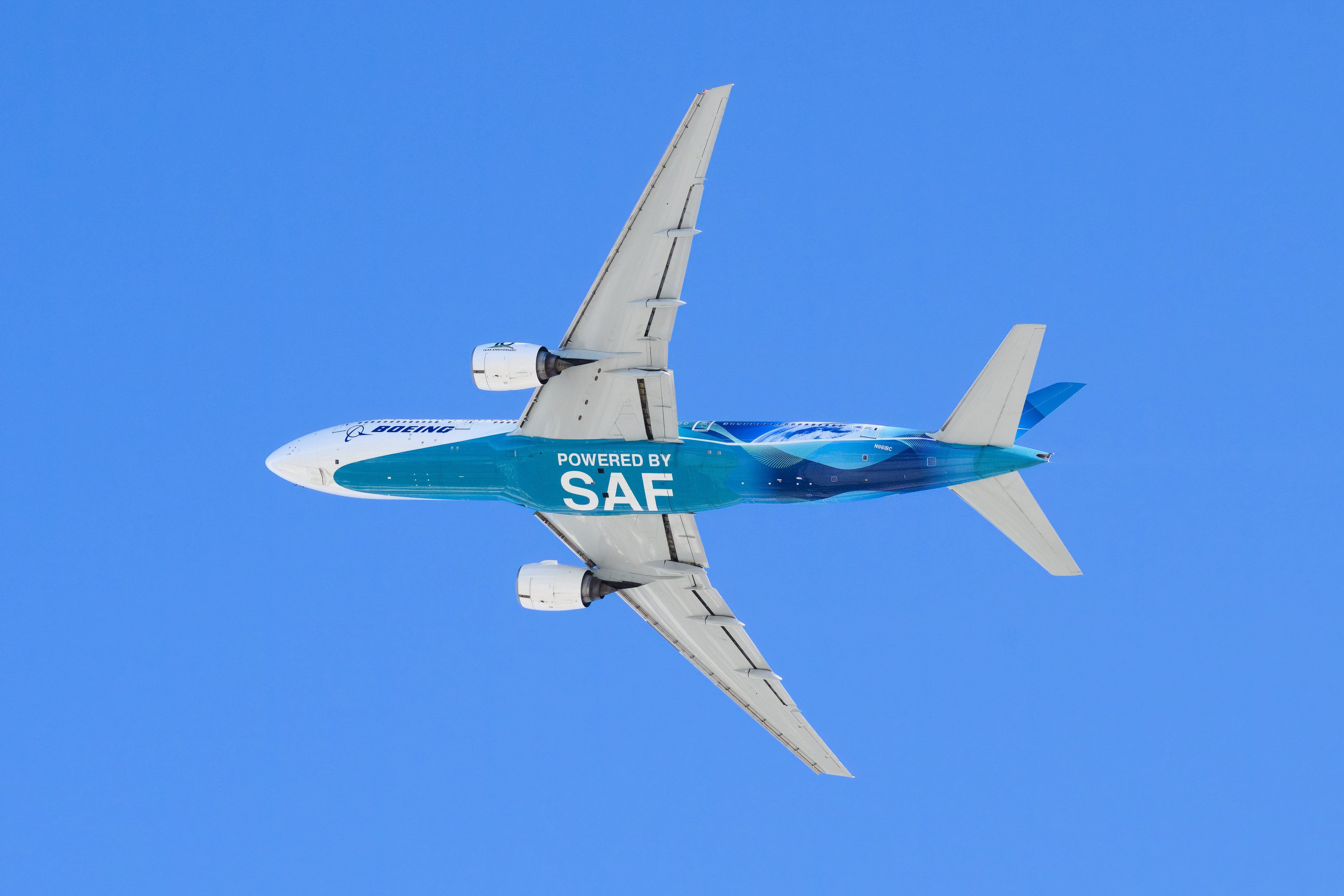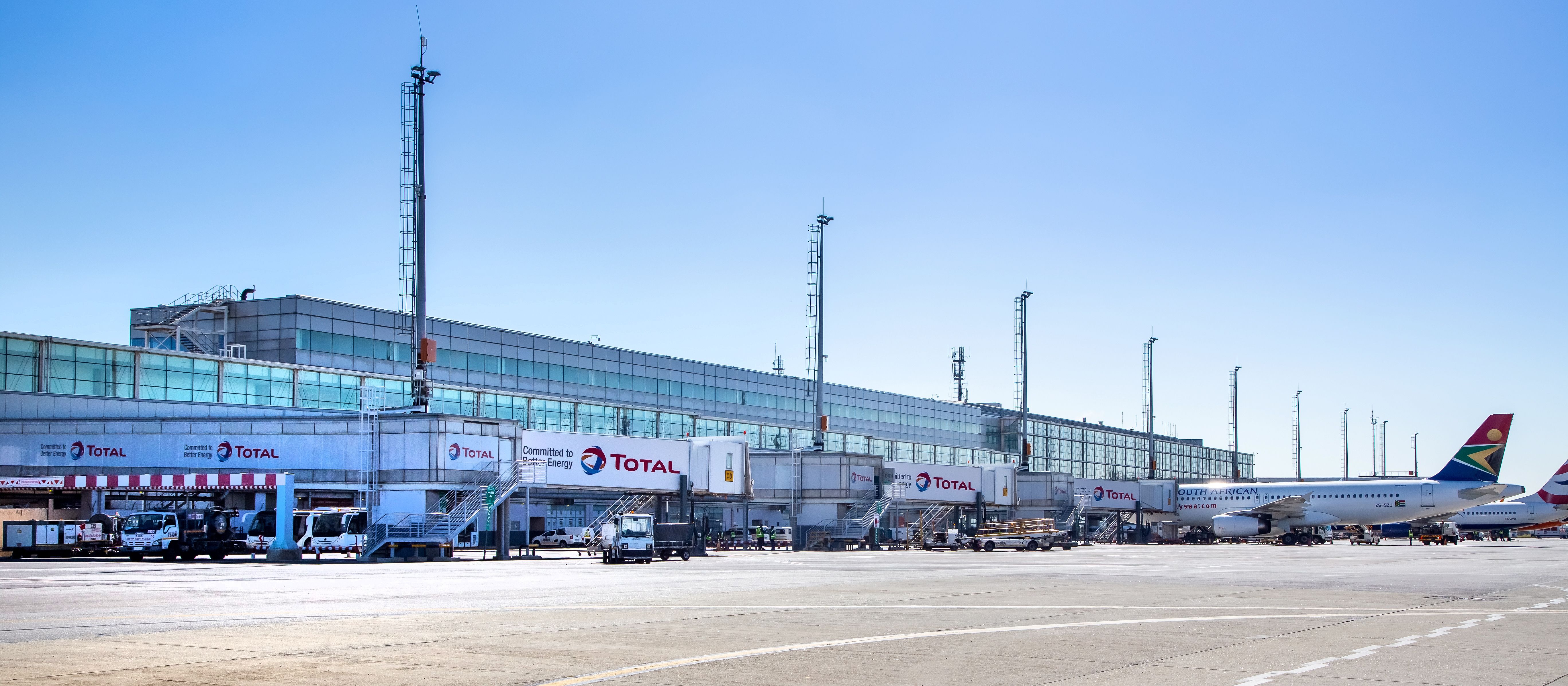Summary
- IATA recognizes South Africa as a potential leader in SAF production, supporting global aviation decarbonization.
- SAF production could contribute 65% to aviation’s net-zero target by 2050, with South Africa having the potential to produce 3.2-4.5 billion liters annually.
- South Africa’s existing refinery infrastructure, feedstocks, and experience in synthetic fuel production can be leveraged for SAF production.
The International Air Transport Association (IATA) has recognized South Africa as a country capable of becoming a leader in producing Sustainable Aviation Fuel (SAF) in the region. IATA is urging the country to leverage its experience, resources, and infrastructure to accelerate SAF production and support the decarbonization of the global aviation industry.
Working towards net zero emissions
For many years, aviation stakeholders have been engaged in finding solutions to reduce the industry’s carbon footprint and make air transport more sustainable. IATA and member airlines have committed to working towards achieving net zero carbon emissions by 2050. The industry’s target focuses on delivering maximum reduction in emissions at source through the use of SAF, new technologies, and other efficiency improvements.
Photo: Airbus
According to IATA Senior Vice President for Sustainability and Chief Economist Marie Owens Thomsen, the production of SAF should be a top priority for the new South African government, as it is also a strategy for economic development. Speaking at the IATA Wings of Change Focus Africa event in Johannesburg, Marie Owens Thomsen said,
“South Africa has vast potential to become a leading Sustainable Aviation Fuel (SAF) producer in the region. And there is a waiting market for SAF as airlines work to achieve net zero carbon emissions by 2050. More than a strategy in support of aviation’s decarbonization, it is a strategy for economic development and should be a top priority for the new South African government. Across agriculture, energy, and transportation, new jobs and industries are waiting to be created that would not only help fight poverty but also contribute to greater energy independence.”
In 2022, South Africa chaired the International Civil Aviation Organization (ICAO) Assembly, where governments agreed to a long-term goal in line with the aviation industry’s net-zero by 2050 target. The ICAO CAAF/3 objective of a 5% average global reduction of emissions in the air transport industry by 2030 highlighted the role of SAF in achieving this long-term commitment.
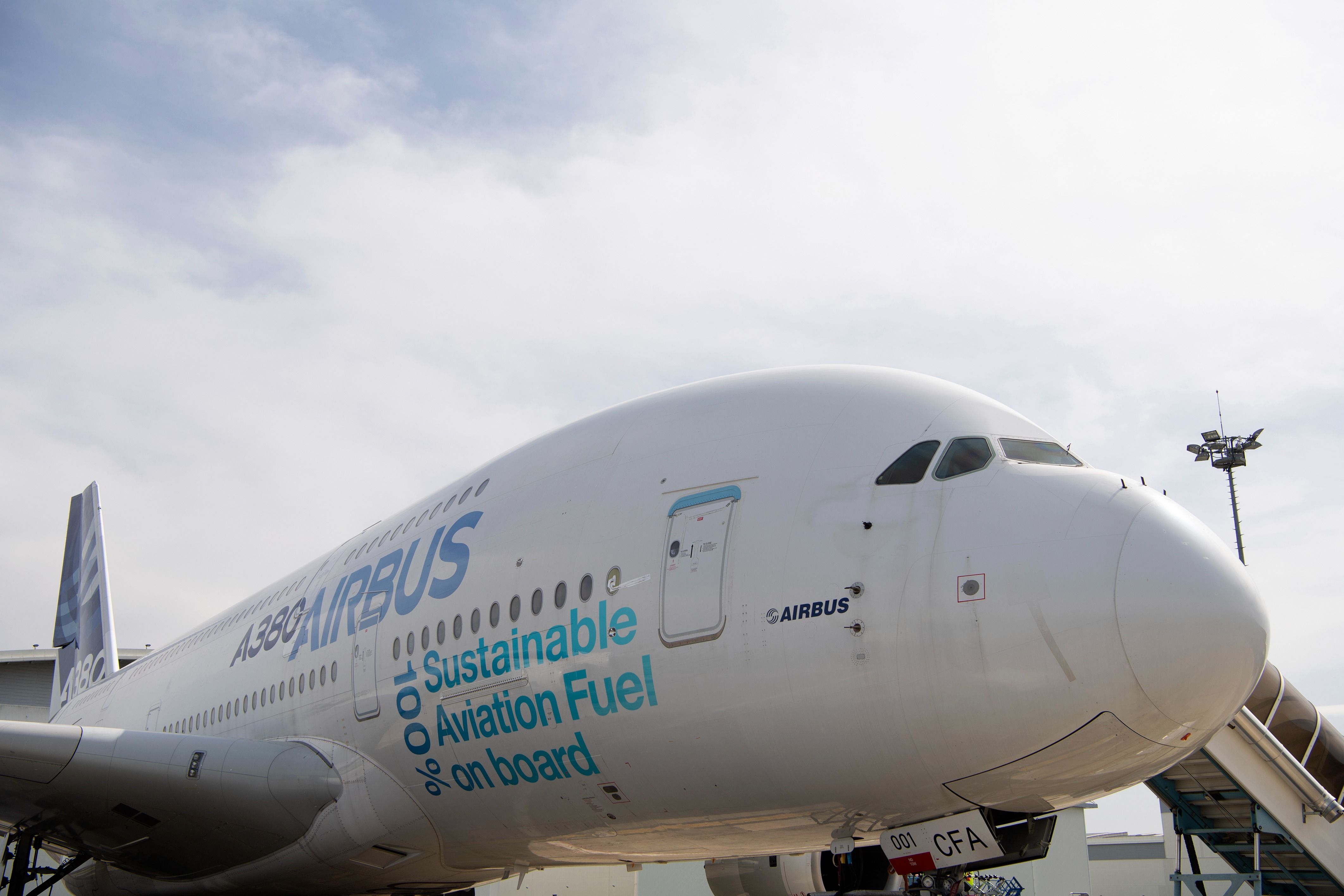
Related
SAF Production In Africa: The Opportunities And Risks Of An Emerging Market
Africa has great potential to produce Sustainable Aviation Fuels but also has a number of challenges.
As the decarbonization of the global aviation industry requires international collaboration, it is crucial for governments, development banks, scholars, and other stakeholders to pool their resources and knowledge to help countries like South Africa, which have the potential to produce SAF, to develop their industry.
Producing SAF in South Africa
IATA estimates that SAF could contribute approximately 65% of the emissions reduction needed by the industry to achieve net zero by 2050. However, a significant increase in production will be required to meet demand. The association expects the most significant acceleration in SAF production in the 2030s as policy support grows globally, SAF becomes more competitive with fossil kerosene, and credible offsets become scarcer.
Photo: Ian Dewar Photography | Shutterstock
With every drop of SAF produced already purchased and used, trends show that airlines are ready and waiting to use SAF. However, production volumes remain significantly low compared to what the aviation industry requires. Marie Thomsen added,
“Airlines are ready and waiting to purchase SAF, as evidenced by the fact that every drop of SAF produced has been purchased and used. But the production volumes are a minute fraction of what aviation needs. That’s why it is essential for governments of countries with production potential, such as South Africa, to embrace what is a unique win-win-win opportunity for economic development, energy transition, and decarbonized air transportation.”
According to a study by the World Wide Fund for Nature (WWF), South Africa has the immediate technical potential to produce 3.2 billion liters of SAF annually, following the strictest sustainability requirements. This can be increased to about 4.5 billion liters by incorporating green hydrogen into the production process. Producing this amount of SAF will more than meet the domestic fuel demand of 1.8 billion liters and leave nearly 3 billion liters for export.
Where will the SAF come from?
While there have been concerns about the land required to grow energy crops and the other priorities faced by African governments, like food shortages, experts note that there is still a significant potential for energy crops in Sub-Saharan Africa while staying within the ecological boundaries.
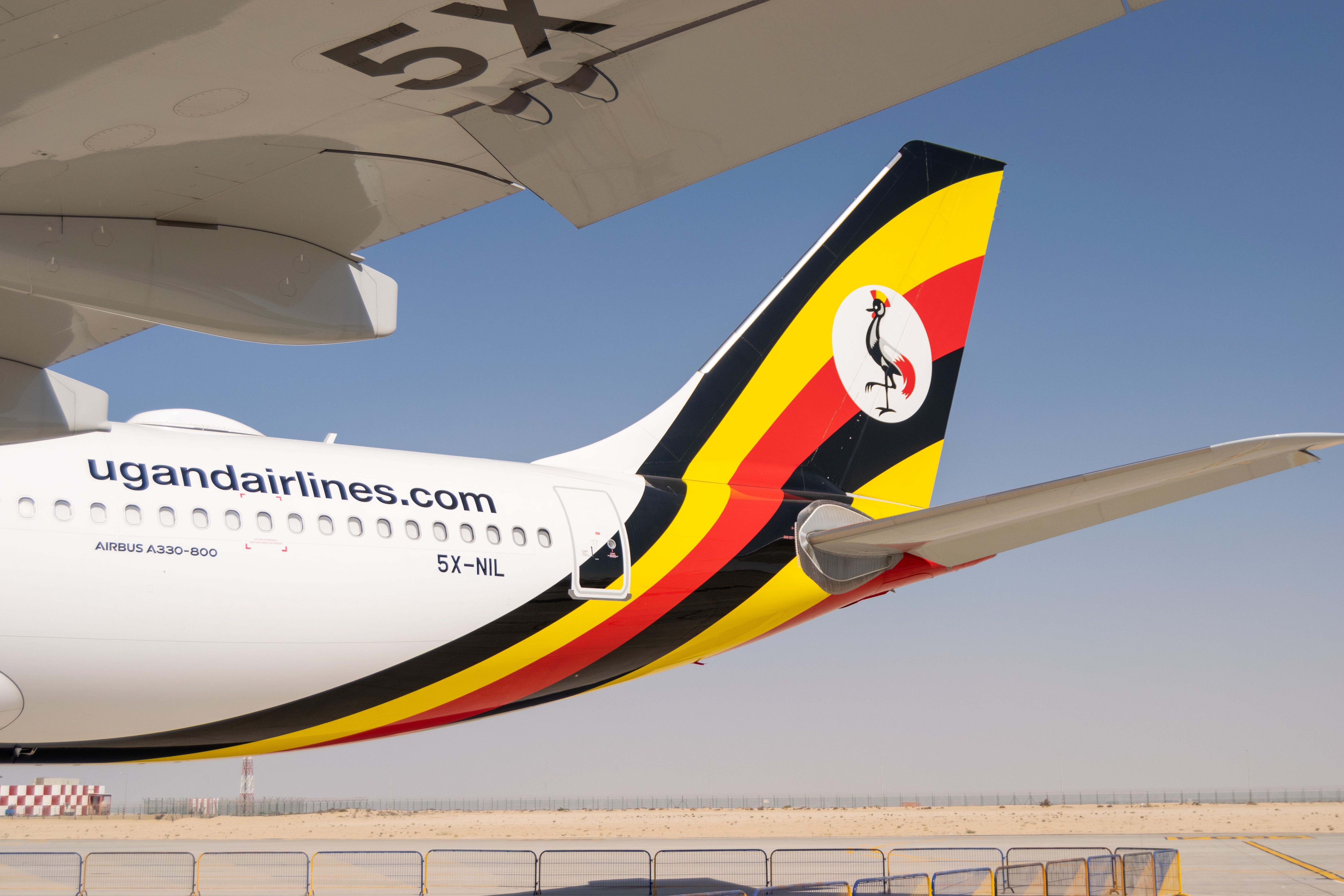
Related
African Airlines: Sustainability Comes After Survivability
Carriers on the continent face high operating costs and need to be economically sustainable.
IATA notes that South Africa has an abundance of feedstocks to produce SAF, including sugarcane low-carbon by-products and biomass from cleared invasive alien plants (IAPs) that threaten biodiversity and water security in the Western Cape and other regions. Additionally, there would still be enough land for future energy, food, and feed as no feedstocks would compete with food production for land or water use in line with the ICAO sustainability framework.
Photo: Rich T Photo | Shutterstock
The country also has existing refinery infrastructure which should be tapped into for brownfield investments-plant conversions or co-processing. South Africa’s experience in synthetic fuel production, particularly the Fischer-Tropsch method, can be leveraged to realize the potential for producing SAF in the country.
Lastly, the country’s two major airports, Johannesburg OR Tambo (JNB) and Cape Town International (CPT), are important hubs for connecting flights within the region, with over 17 international carriers flying to both airports. As such, IATA encourages the South African government to follow a strategic plan that should include using existing industrial infrastructure, collaborating with the private sector and international partners, providing incentives for research and development, and investing in new technologies and infrastructure.
What are your thoughts on this story? Please let us know in the comments!

